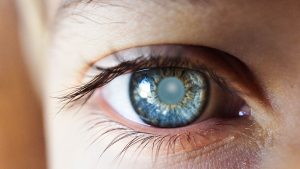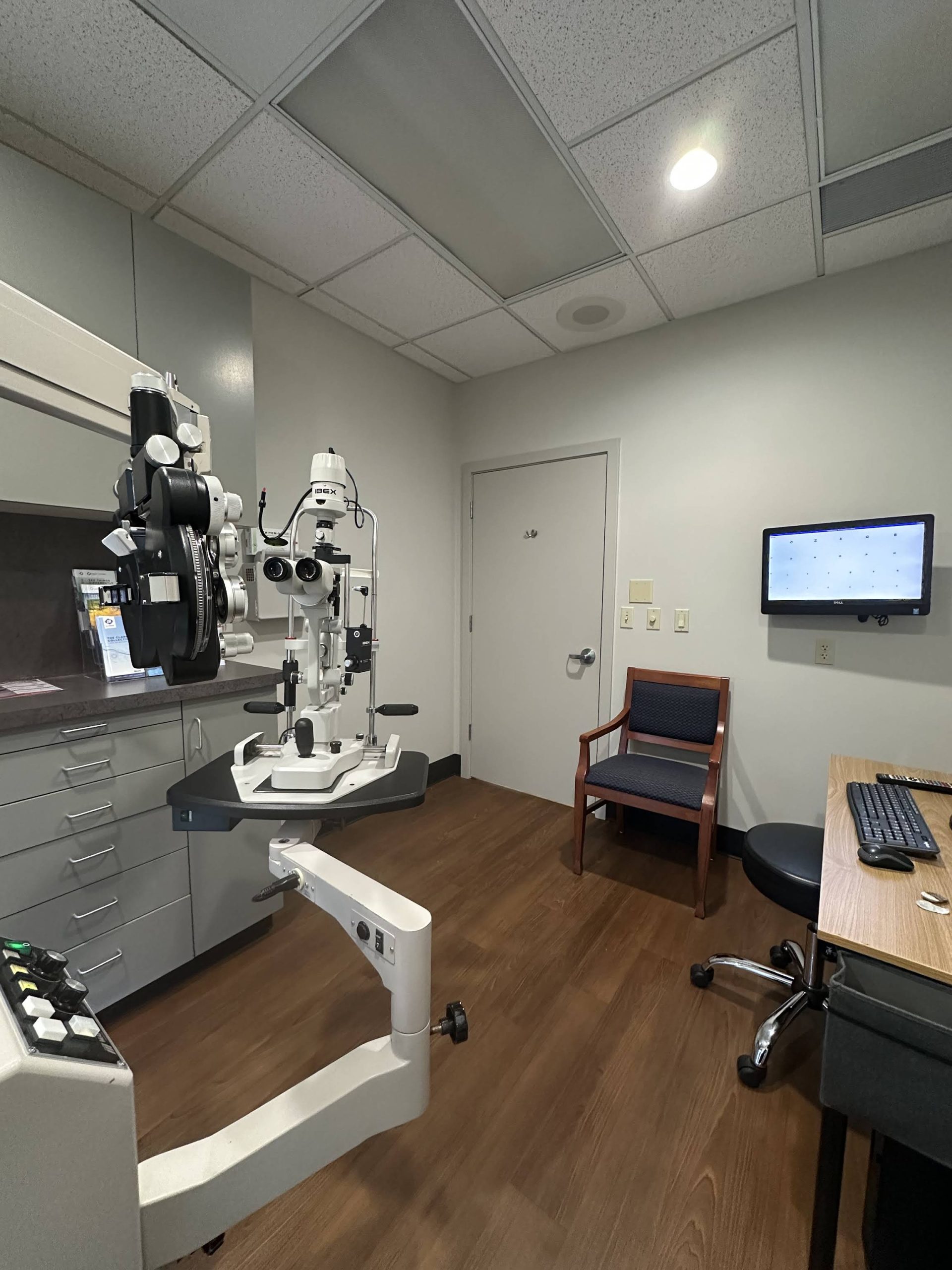 Dry eye syndrome is a common condition that affects millions of people worldwide. In Bellevue, WA, residents experiencing symptoms such as irritation, redness, or a gritty sensation in their eyes can find relief through various treatment options. Understanding the causes and available treatments for dry eye can help individuals make informed decisions about their eye health.
Dry eye syndrome is a common condition that affects millions of people worldwide. In Bellevue, WA, residents experiencing symptoms such as irritation, redness, or a gritty sensation in their eyes can find relief through various treatment options. Understanding the causes and available treatments for dry eye can help individuals make informed decisions about their eye health.
Understanding Dry Eye Syndrome
Dry eye syndrome occurs when the eyes do not produce enough tears or when the tears evaporate too quickly. This condition can lead to discomfort and may affect daily activities such as reading or using a computer. Various factors contribute to dry eye, including environmental conditions, certain medications, and underlying health issues. The prevalence of dry eye syndrome has been on the rise, particularly in our increasingly digital world, where screen time has dramatically increased. This trend highlights the need for awareness and proactive management of eye health.
Common Symptoms
Individuals suffering from dry eye often report a range of symptoms. These may include a persistent feeling of dryness, burning or stinging sensations, redness, and even blurred vision. In some cases, the eyes may produce excessive tears in response to irritation, which can be misleading as it may seem like the eyes are adequately lubricated. Additionally, some people may experience a gritty sensation, as if there is sand in their eyes, which can be particularly bothersome during activities that require prolonged focus, such as driving or studying.
Causes of Dry Eye
Several factors can lead to dry eye syndrome. Environmental elements, such as wind, smoke, and dry climates, can exacerbate symptoms. Additionally, prolonged screen time and contact lens use can contribute to discomfort. Certain medical conditions, including autoimmune diseases like Sjögren’s syndrome, can also affect tear production. Hormonal changes, particularly in women during menopause, can further complicate the situation, as fluctuations in hormone levels can impact tear quality and quantity. Furthermore, certain medications, such as antihistamines and antidepressants, may have side effects that contribute to dryness, making it essential for individuals to discuss their symptoms with healthcare providers to explore potential links to their medication regimens.
Diagnosis of Dry Eye
Diagnosing dry eye syndrome typically involves a comprehensive eye examination by an eye care professional. During this evaluation, the doctor will assess the patient’s symptoms, medical history, and environmental factors. Various tests may be conducted to measure tear production and evaluate the overall health of the eyes. The importance of a thorough diagnosis cannot be overstated, as it lays the groundwork for effective management and treatment of the condition. Patients may be asked to describe their symptoms in detail, including the frequency and severity of discomfort, which can range from a gritty sensation to more severe pain or vision disturbances.
Ocular Surface Examination
One common method for diagnosing dry eye involves examining the ocular surface. This can be done using a slit lamp, which provides a magnified view of the eye. The healthcare provider will look for signs of inflammation, damage to the cornea, or other abnormalities that indicate dry eye syndrome. In addition to visual inspection, the use of fluorescein dye can help highlight areas of dryness or damage on the corneal surface, making it easier for the doctor to assess the severity of the condition. This examination is crucial, as it can reveal underlying issues that may not be immediately apparent, such as meibomian gland dysfunction, which can significantly contribute to dry eye symptoms.
Tear Production Tests
Another diagnostic approach includes tear production tests, such as the Schirmer test. This test involves placing a small strip of paper under the lower eyelid to measure the amount of tears produced over a specific period. The results can help determine the severity of dry eye and guide treatment options. In some cases, additional tests like the Tear Breakup Time (TBUT) may be employed, where a dye is instilled in the eye and the time it takes for the tear film to break up is measured. A shorter TBUT can indicate poor tear quality, further informing the healthcare provider about the nature of the dry eye syndrome. These tests, combined with a detailed patient history, allow for a more tailored approach to treatment, ensuring that each individual receives the most appropriate care for their specific condition.
Treatment Options for Dry Eye in Bellevue
Fortunately, there are numerous treatment options available for those suffering from dry eye syndrome. The appropriate treatment plan will depend on the underlying cause of the condition and the severity of symptoms. Eye care professionals in Bellevue can provide personalized recommendations based on individual needs.
Artificial Tears and Lubricating Eye Drops
One of the most common treatments for dry eye is the use of artificial tears or lubricating eye drops. These products help to provide temporary relief by adding moisture to the eyes. There are various types of artificial tears available, including preservative-free options for individuals with sensitive eyes.
Prescription Medications
For more severe cases of dry eye, prescription medications may be recommended. One such medication is cyclosporine A, which helps to increase tear production and reduce inflammation. Another option is lifitegrast, which targets inflammation and can provide relief from symptoms.
Punctal Plugs
Punctal plugs are small devices inserted into the tear ducts to block drainage and retain moisture in the eyes. This treatment can be particularly beneficial for individuals who do not respond well to artificial tears alone. Punctal plugs can be temporary or permanent, depending on the patient’s needs.
Home Remedies and Lifestyle Changes
In addition to medical treatments, certain home remedies and lifestyle changes can help alleviate dry eye symptoms. Making simple adjustments to daily routines can significantly improve eye comfort and overall health.
Environmental Modifications
Adjusting the environment can play a crucial role in managing dry eye symptoms. Using a humidifier in dry indoor spaces can help maintain moisture in the air. Additionally, wearing sunglasses or protective eyewear outdoors can shield the eyes from wind and UV rays, reducing irritation.
Screen Time Management
Prolonged screen time is a significant contributor to dry eye symptoms. Implementing the 20-20-20 rule can help: every 20 minutes, take a 20-second break and focus on something 20 feet away. This practice can reduce eye strain and promote natural tear production.
When to Seek Professional Help
While many individuals can manage mild dry eye symptoms with over-the-counter solutions and lifestyle changes, it is essential to seek professional help if symptoms persist or worsen. A healthcare provider can offer a comprehensive evaluation and recommend appropriate treatments tailored to individual needs.
Signs That Require Attention
Individuals should consider seeking professional help if they experience severe discomfort, vision changes, or if over-the-counter treatments do not provide relief. Additionally, if dry eye symptoms interfere with daily activities or quality of life, it is advisable to consult an eye care professional.
Regular Eye Exams
Regular eye exams are crucial for maintaining eye health, especially for those with chronic dry eye symptoms. Eye care professionals can monitor the condition, adjust treatment plans as necessary, and provide guidance on maintaining optimal eye health.
Conclusion
Dry eye syndrome is a manageable condition that affects many individuals in Bellevue, WA. With a variety of treatment options available, from artificial tears to prescription medications and lifestyle changes, finding relief is possible. Understanding the causes, symptoms, and effective treatments can empower individuals to take control of their eye health and enhance their quality of life.
For those experiencing persistent dry eye symptoms, consulting with an eye care professional is the first step toward finding effective relief and improving overall eye comfort.
If you’re dealing with the discomfort of dry eye syndrome and seeking personalized care in Bellevue, WA, Overlake EyeCare is here to help. Our commitment to excellence ensures that you receive the highest level of service for the vision you deserve. Dr. Mary Coday and our team of experts specialize in comprehensive eye care, including advanced cataract surgery with a range of intraocular lens technologies tailored to your unique needs. Don’t let dry eye symptoms hold you back any longer. Contact Us Today to schedule your appointment and take the first step towards clearer, more comfortable vision.

